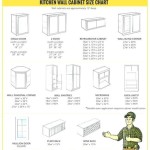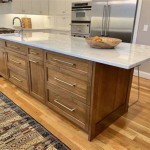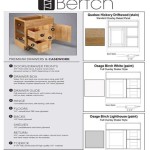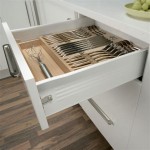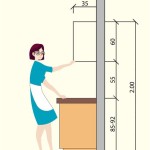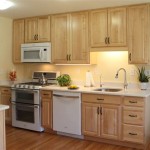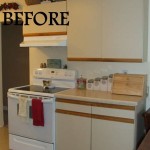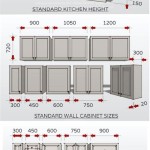Building Frameless Kitchen Cabinets: A Comprehensive Guide
Frameless kitchen cabinets have gained immense popularity in recent years, renowned for their sleek and modern aesthetic. Unlike traditional framed cabinets, frameless cabinets lack a face frame, resulting in a seamless and minimalist appearance. Building frameless kitchen cabinets requires meticulous planning and precise execution to achieve their signature look and functionality.
Materials and Tools Required
To embark on this project, gather the following materials:
- Plywood or MDF for the cabinet boxes and shelves
- 3/4-inch overlay doors
- Hinges
- Drawer slides
- Wood glue
- Clamps
- Drill
- Countersink bit
- Screwdriver
Step 1: Design and Planning
Before commencing construction, meticulously plan your cabinet layout. Determine the size and location of each cabinet, considering the overall kitchen design and functionality. Sketch a detailed plan to guide your building process.
Step 2: Building the Cabinet Boxes
Cut the cabinet box panels to size and assemble them using wood glue and clamps. Reinforce the corners with corner clamps for added strength. Use a countersink bit to create recessed holes for the screws, ensuring a flush finish.
Step 3: Installing Shelves and Drawers
Cut and install shelves and drawer supports within the cabinet boxes. Position shelves at desired heights and secure them with shelf pins or cabinet clips. Assemble drawers and mount them on drawer slides for smooth operation.
Step 4: Attaching the Doors
Align and attach the 3/4-inch overlay doors to the cabinet boxes. Concealed hinges are typically used to achieve a clean and seamless look. Follow the hinge manufacturer's instructions for proper installation.
Step 5: Finishing Touches
Sand any rough edges or imperfections on the cabinets. Apply paint or stain to achieve your desired finish. Install cabinet hardware, such as knobs or handles, to complete the look.
Tips for Success
- Use high-quality materials to ensure durability and longevity.
- Measure and cut precisely to maintain consistency and avoid gaps.
- Test fit components before assembling to ensure proper alignment.
- Secure joints firmly with glue and screws for added strength.
- Allow ample drying time for glue and finish before handling the cabinets.
Advantages of Frameless Kitchen Cabinets
- Sleek and modern aesthetic
- Increased storage space due to the absence of a face frame
- Easy to clean and maintain
- Can be customized to match any kitchen style
- Cost-effective compared to custom-made cabinets
Conclusion
Building frameless kitchen cabinets requires careful planning and execution but yields stunning results. By following these steps and adhering to the tips provided, you can create a modern and functional kitchen that will be the envy of your guests. The satisfaction of completing this DIY project will add a personal touch to your home and elevate its aesthetic appeal.

Frameless Kitchen Cabinet Building Guide Ana White

How To Build Frameless Base Cabinets

Tom Builds Stuff How To Build Frameless Base Cabinets Kitchen Remodel Layout Simple Building

How To Build Frameless Base Cabinets

30in Base Cabinet Carcass Frameless Rogue Engineer

30in Base Cabinet Carcass Frameless Rogue Engineer

Cabinet Construction Framed V Frameless Craig Allen Designs

Framed Vs Frameless Cabinetry Dura Supreme

How To Build Cabinets The Complete Guide Houseful Of Handmade

How To Build Frameless Base Cabinets
Related Posts

